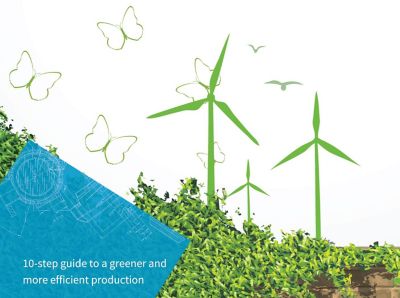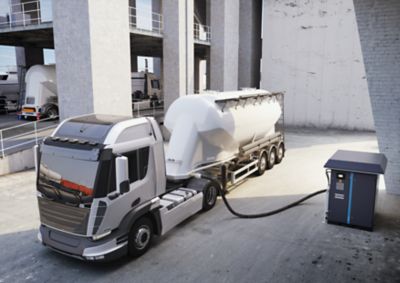How to combine liquid and on-site gas supply
As production costs rise, many businesses are looking for smarter industrial gas solutions.
Combining liquid and on-site gas supply is a strategic solution for industries that rely on a steady supply of industrial gases like nitrogen and oxygen. By integrating these two supply methods, businesses can achieve a flexible, cost-effective, and reliable gas supply that maximizes efficiency and reduces operational costs.
Why is integrated liquid and on-site gas supply a strategic choice?
Liquid and on-site gas generation
Traditionally, businesses either depend on bulk liquid gas deliveries or invest in on-site gas generators. Each method has its advantages, but combining the two unlocks an even greater level of efficiency. By integrating liquid nitrogen and liquid oxygen supplies with an on-site PSA generator, you can maximize resource utilization, enhance cost-effectiveness, and ensure uninterrupted gas supply at all times.
Key benefits of integrating liquid and on-site generation
How does the integration work?
- The on-site generator is configured with a supply pressure slightly higher than that of the evaporated liquid gas.
- The generator acts as the primary base supply, covering all standard production needs.
- Whenever demand exceeds the generator’s capacity, the liquid supply automatically steps in, ensuring an uninterrupted flow of gas.
- If there’s ever an issue with the liquid supply, the on-site generator provides a backup, maintaining production stability.
This hybrid approach reduces waste, optimizes gas usage, and provides a fail-safe mechanism for industries that cannot afford downtime.
How do I get started?
1. Assess your gas supply needs
To effectively combine liquid and on-site gas supply, it's essential to evaluate your current gas usage and infrastructure.
2. Choose the right on-site generator
When comparing generators, consider the following:
Flow rate capacity: Can it meet your production demands?
Pressure output: Must be slightly higher than your liquid supply pressure.
For nitrogen supply, determine whether you need a standalone generator or a full nitrogen skid package.
Comparison of gas supply methods
Supply method |
Best for |
Business Size |
Applications |
Bottled Gas |
Low and intermittent usage | Small businesses | Small workshops, short-term use, and emergency backup. |
| Liquid Gas | Medium-to-high consumption, bulk supply needs | Medium to large | Intermittent and continuous use in manufacturing plants and industrial processes |
| On-Site Generation | Continuous, high-demand applications | Large-scale industries | Applications that rely on steady gas availability—labs, manufacturing, processing. |
Explore gas generation options
We offer stand-alone nitrogen generators and oxygen generators, as well as complete nitrogen skid packages. Our NGP+ nitrogen generator and OGV+ oxygen generator can also be integrated with liquid nitrogen or oxygen supplies, creating a hybrid setup that supports your specific production needs.
By combining the benefits of on-site generation with traditional liquid supply, you can create a more flexible and efficient gas solution. If you're reviewing your current setup or considering alternatives, our team is available to help explore what might work best for your operation.

